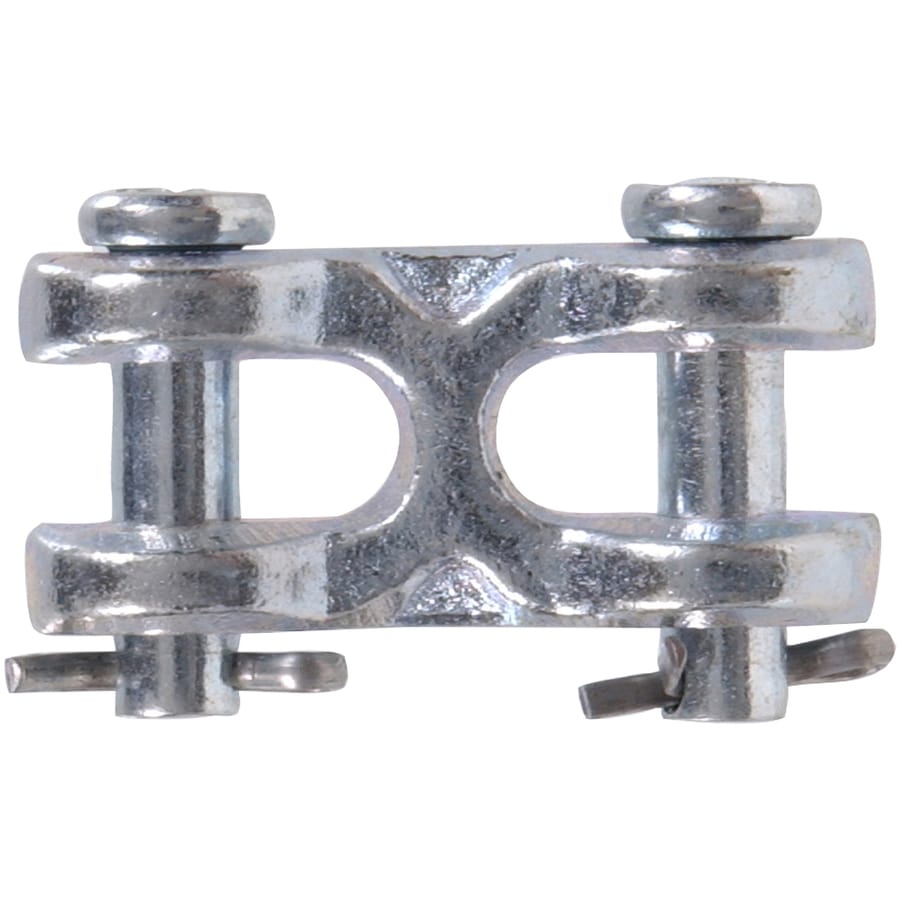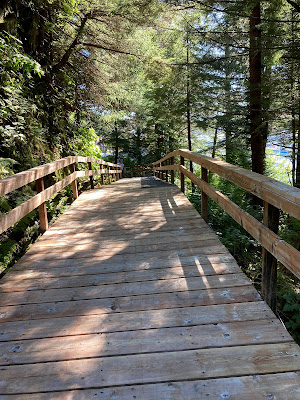First post of the New Year, and it even happens after posting last Friday! It's a minor miracle.
In our last episode.... don't you hate it when streaming services won't let you fast forward through the recap, and intro? I'll just say, we ended up at the southern tip of Baranof Island in Port Alexander.
The sun was shining, the boat was tied to the dock with all the commercial fishermen, and we took a couple of days to sight-see. (Side eye from the fisher folk- crazy stick boat.) Actually, they were all quite nice, I bet they don't get many cruisers stop in, the only amenity is water on the dock, no cell signal, no wifi, no dock power, and no stores. This community used to be booming with fish processors, but has significantly reduced since it's hey-day.
 |
| Entering PA, as the locals call it. |
 |
| Beach across from the dock, children were playing in the water when we arrived. |
 |
| Look carefully, you can see the 'stick boat". 😀 |
Since there isn't any cell service here, they have a "phone booth" at the top of the ramp. It has an old style phone, and a number list tacked on the wall. No long distance allowed, it's programmed for local calls only.
 |
| Who remembers using one of these? |
The walk through the woods, on a well maintained board walk, revealed, a schoolhouse, a store, a fire department, a museum, homes set into the hillside, a post office, and a couple of Starlink installations.
 |
| School, electricity acquired by generator power |
 |
| Closed |
 |
| Museum, open by appointment. |
 |
| The home at the top has quite a view! |
The next stop is Port Armstrong, which contains a salmon hatchery, salmon scientists, a fish processor, and at the head of the bay a salmon spawning stream. We knew this would be a great place to see bears. It was!
 |
We passed all this to get to the anchorage.
|
We hadn't been there 5 minutes, when we saw brown bears on the beach feasting on salmon.
We saw mothers, with cubs, older males, and younger, 3-4 year olds on their own. We even heard an altercation going on in the woods, and watched as a mother set her 3 year old free to take care of himself. After the mom left, and the newly fledged adult wandered off, we could hear him whining, and crying for about a half hour. Circle of life..... you're on your own now kid.
The bears would roam the beach at low tide, watching for any salmon that had been left behind by the tides. We also watched as they plucked salmon from the spawning stream, we always make sure we are anchored far enough away from animal habitat, no interference on our part with their daily routines.
Onward to Port Walter. There were several scenic places deep inside the bay, with waterfalls, and a historic saltery. Best laid plans.
 |
| Scenic spot |
We wanted to anchor so that we could see the saltery, and the falls, while avoiding the old pilings, and setting the anchor so that within the swing room, we wouldn't end up too shallow, or too deep. It was kind of a challenge in this particular bay. The cruising guide says not to anchor here, but Bill is kind of a rebel, and we do things like that all the time. Safely of course, King of Safety and all...
We have complete confidence in our spade anchor, and have never had it drag after setting it properly, and have had only a couple of times we couldn't set. (For landlubbers- set- have anchor dig in to hold.)
This day, we couldn't get it to hold no matter what, we tried four times, and finally Bill said he was going to bring it all the way up, and that the windlass (windlass - a machine that is used on ships to let out, or heave up equipment, such as an anchor. Imagine trying to lift 200feet of chain, and a 100lb anchor by hand!) Anyway, the windlass seemed to need some higher rpms, and he directed me to increase the rpms on the diesel engine to give the windlass more umph. Here's what we brought up out of the depths.
We brought up an errant tree, water-logged no less! Bill uses a long boat hook to untangle the tree from the anchor and chain, and shove it off, back into it's watery home.
We didn't want to hook it again, so we motored back up the channel to a small bight behind some islands to anchor, and avoid the upcoming winds.
It's not near as scenic, but we're safe, and the anchor set well.
I think part 3 will be next week!
Hope everyone had wonderful holidays, and all the best to you in the coming new year.












































